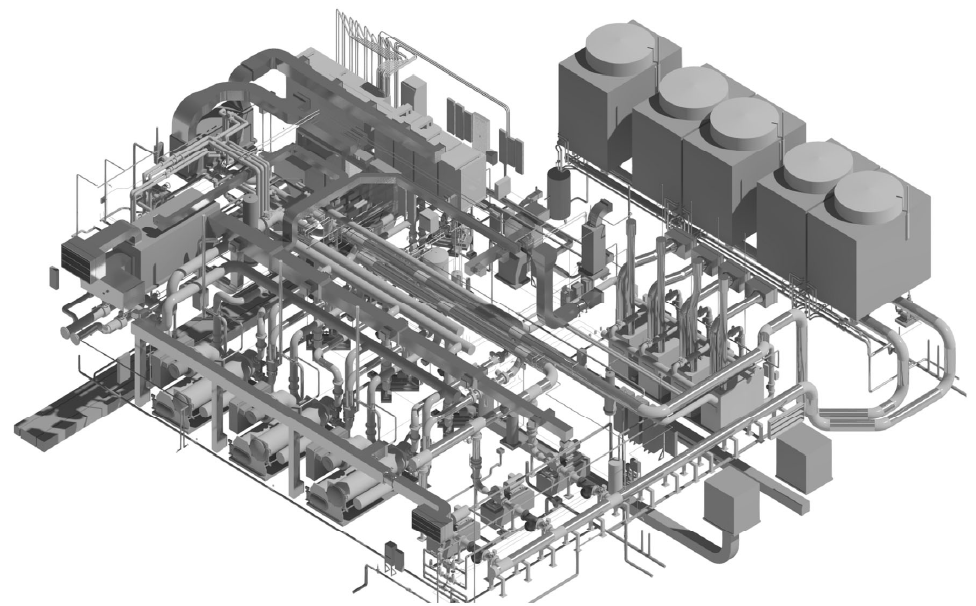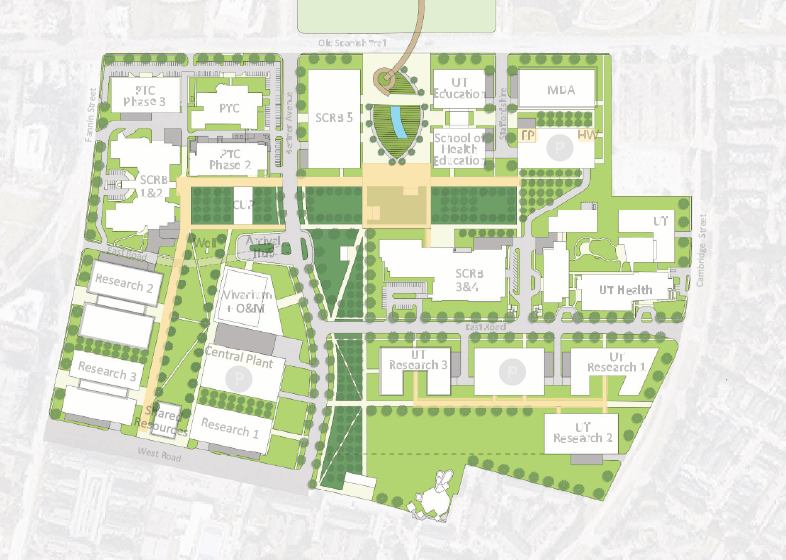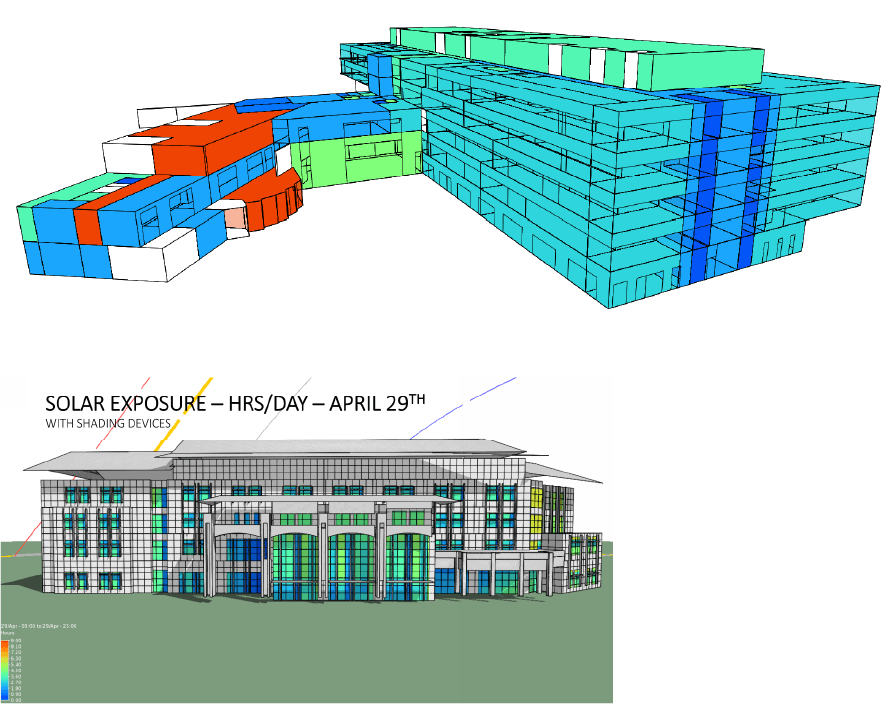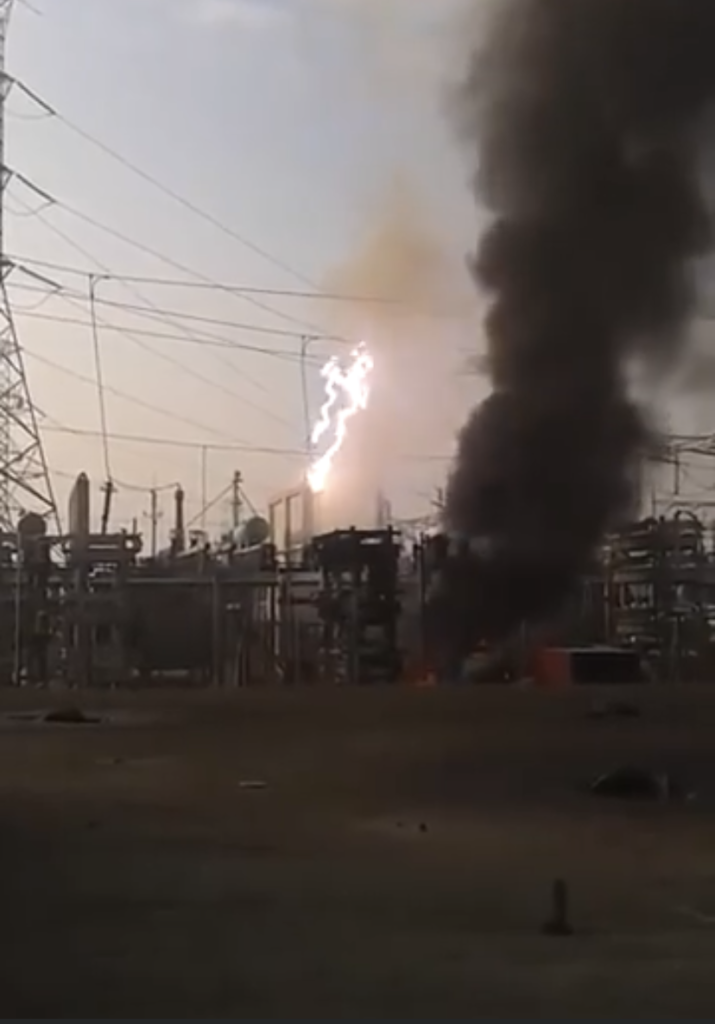SERVICES
Planning & Analysis
Detailed Modeling, Big-Picture Vision
Shah Smith's advanced planning and modeling capabilities provide crucial intelligence to help identify our clients’ needs, now and into the future.
Thermal System Modeling
SSA provides detailed computer modeling of large chilled water, heating hot water, condensate, and steam distribution on a district and campus level.
These detailed models provide crucial intelligence to help inform the master planning of both new and future campuses while identifying and addressing potential limitations or energy efficiency improvements in existing systems.
SSA provides modeling for compressible and incompressible flow systems on both a static and dynamic basis.


Master Planning
SSA provides utility master planning as a stand-alone service, as well as in support of campus master plans for large educational and corporate clients.
SSA uses our expansive experience and deep database of existing facilities to more accurately project loads for future development, right-size distribution systems, and focus on the scalability of infrastructure investments.
Typical deliverables include conceptual designs for utility corridors, thermal and power utility distribution, central utility plant size and programming, and building connection concepts.
Energy Modeling
Energy modeling allows our clients to optimize designs prior to construction and provide energy savings estimates for LEED/AEGB documentation.
Modeling can be done based on parameters set early in the design process for the envelope, massing, and orientation design optimization, or as part of the system selection process.
SSA uses a variety of energy modeling software and custom post-processing methods, allowing us to choose the best tools to best answer the questions that need to be answered.


Short Circuit Analysis
Detailed electrical system models can be used to determine available short circuit fault current, coordinate breakers, and identify arc flash incident energy levels for new and existing facilities.
Fault current levels are calculated in coordination with the serving utility and through the determination of the conductor sizes and lengths in the facility.
Device coordination is obtained through analysis of overcurrent protection time-current curves at each level of the distribution system, and arc flash incident energy levels are calculated using IEEE and NFPA 70E standards and requirements to assess the risk to personnel in the event of an arc flash event in a facility.
